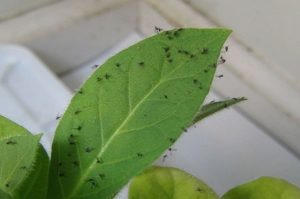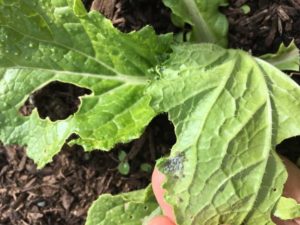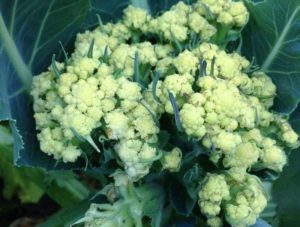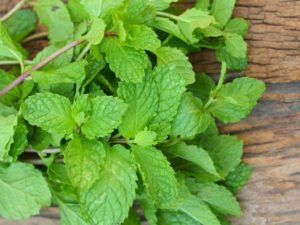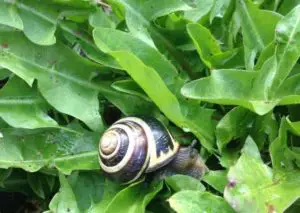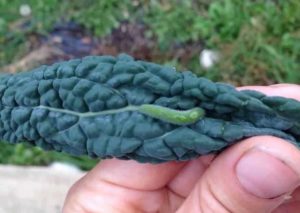There you are, going about your gardening business in peace when all of a sudden you notice tiny fungus gnats in and around your soil. Although some worms, bugs, and insects are okay as they aid in fertilizing the soil, fungus gnats are terrible to have around your plants.
Fungus Gnats are commonly found in potting soil. If you have recently planted a new raised bed of vegetables or added a new house plant or two to your home, then you will most likely encounter fungus gnats.
How to Get Rid of Fungus Gnats
Accepting that pests such as fungus gnats are inevitable, and knowing that at some point during your plant-keeping journey you will come in contact with them is important.
Luckily there are plenty of ways to prevent and extinguish fungus gnats that don’t all include harsh chemicals. Here are a few methods that you will find useful in your battle with the dreaded fungus gnat.
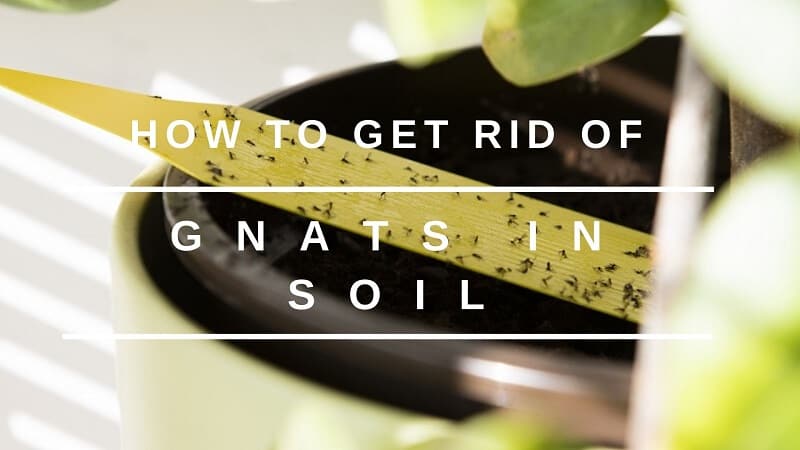
How to Get Rid of Fungus Gnats in Soil
Prevention is better than cure, is it not? Fungus gnats are suckers for moisture-rich soil, therefore over-watered plants will be more prone to becoming infested with gnats than any other plant. Gnats can’t live in dry soil, so give the plants just the right amount of water that they need. If you have plants that require a lot of water you may want to consider watering them from the drip tray. Yes, you read correctly, bottom watering is a thing. Gnats live on the top few inches of moist soil, so watering a demanding plant from the drip tray is the best way forward.
Using mulch to cover the soil on both indoor and outdoor plants will stop gnats from reaching the soil and therefore prevent them from laying their eggs.
Some people microwave their new soil to kill any eggs that may come in a new bag of soil. If you do this, wait for the soil to completely cool down before potting your plant.
Frequently replacing the top layer of soil with new soil is a great way of stopping fungus gnats in their tracks.
Scattering about an inch or two of sand or gravel on top of your soil will stop gnats from laying their eggs in the soil. This technique is only appropriate for potted indoor plants.
Organic pest control products are a lifesaver for when all else fails. There are water and soap mixtures that you can use on the soil that only take a couple of treatments to completely eliminate the gnats. Alternatively, neem oil is a potted plant pesticide solution and also great prevention.
FYI: Reusing soil is a big no-no. Investing a few extra bucks in new and sterile potting soil is well worth the money. Your plants would thank you if they could!
Top Tip: Treat all of your plants if you notice one of them has been infested with fungus gnats. Gnats can fly from one plant to another really easily and it is more likely than not that more than one plant has been infested.

